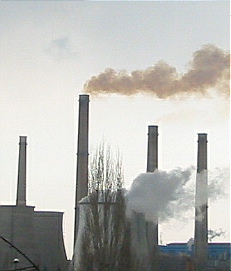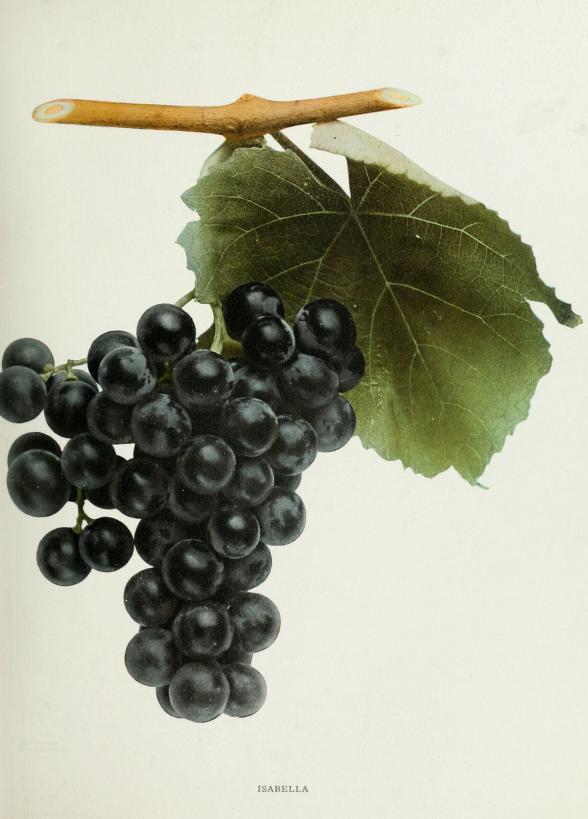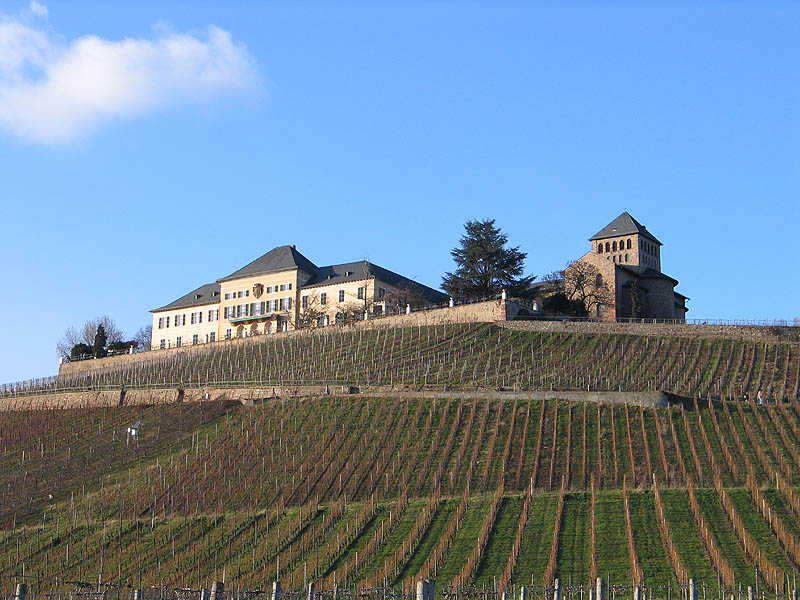|
Finger Lakes AVA
The Finger Lakes AVA is an American Viticultural Area located in Upstate New York, south of Lake Ontario. It was established in 1982 and encompasses the eleven Finger Lakes, but the area around Canandaigua, Keuka, Seneca, and Cayuga Lakes contain the vast majority of vineyard plantings in the AVA. Cayuga and Seneca Lakes each have their own American Viticultural Areas completely contained within the Finger Lakes AVA ( Cayuga Lake AVA and Seneca Lake AVA). The Finger Lakes AVA includes of vineyards and is the largest wine-producing region in New York State. Climate The Finger Lakes AVA wine region is often compared to the German wine regions along the Rhine river. Riesling, one of the most important commercial wine grape varieties grown in Germany, is also one of the most successful grape varieties grown in the Finger Lakes AVA. Viticulturists in the Finger Lakes region grow a wide variety of grapes besides Riesling, including other European ''Vitis vinifera'' grapes, ... [...More Info...] [...Related Items...] OR: [Wikipedia] [Google] [Baidu] |
American Viticultural Area
An American Viticultural Area (AVA) is a designated wine grape-growing region in the United States, providing an official appellation for the mutual benefit of wineries and consumers. Winemakers frequently want their consumers to know about the geographic pedigree of their wines, as wines from a particular area can possess distinctive characteristics. Consumers often seek out wines from specific AVAs, and certain wines of particular pedigrees can claim premium prices and loyal customers. If a wine is labeled with an AVA, at least 85% of the grapes that make up the wine must have been grown in the AVA, and the wine must be fully finished within the state where the AVA is located. Regulations The boundaries of AVAs are defined by the Tax and Trade Bureau (TTB), a component of the United States Department of the Treasury. The TTB defines AVAs at the request of wineries and other petitioners. Prior to the TTB's creation in 2003, the Treasury’s Bureau of Alcohol, Tobacco and F ... [...More Info...] [...Related Items...] OR: [Wikipedia] [Google] [Baidu] |
Delaware (grape)
The Delaware grape is a cultivar derived from the grape species ''Vitis labrusca'' or 'Fox grape' which is used for the table and wine production. The skin of the Delaware grape when ripened has a pale red, almost pinkish colour, a tender skin, and juicy sweet flesh. It has small fruit clusters with small berries that do not have the pronounced 'foxiness' of other ''V. labrusca'' grapes. It is a slip-skin variety, meaning that the skin is easily separated from the fruit. The grapes are used to make wines including dry, sweet, icewine but is famed for spicy sparkling wines that do not have much of the objectionable foxiness character that other ''V. labrusca'' grapes contribute to their wines. The wine is light pink to white in colour. It is a commercially viable grape vine which is grown in the Northeast and Midwest United States, and is vigorous when grafted onto a ''Phylloxera''-resistant root stock. The Delaware grape is susceptible to downy mildew and ripens earlier than ... [...More Info...] [...Related Items...] OR: [Wikipedia] [Google] [Baidu] |
Marechal Foch
Ferdinand Foch ( , ; 2 October 1851 – 20 March 1929) was a French general and military theorist who served as the Supreme Allied Commander during the First World War. An aggressive, even reckless commander at the First Marne, Flanders and Artois campaigns of 1914–1916, Foch became the Allied Commander-in-Chief in late March 1918 in the face of the all-out German spring offensive, which pushed the Allies back using fresh soldiers and new tactics that trenches could not withstand. He successfully coordinated the French, British and American efforts into a coherent whole, deftly handling his strategic reserves. He stopped the German offensive and launched a war-winning counterattack. In November 1918, Marshal Foch accepted the German cessation of hostilities and was present at the Armistice of 11 November 1918. At the outbreak of war in August 1914, Foch's XX Corps participated in the brief invasion of Germany before retreating in the face of a German counter-attack and ... [...More Info...] [...Related Items...] OR: [Wikipedia] [Google] [Baidu] |
Malbec
Malbec () is a purple grape variety used in making red wine. The grapes tend to have an inky dark color and robust tannins, and are known as one of the six grapes allowed in the blend of red Bordeaux wine. In France, plantations of Malbec are now found primarily in Cahors in South West France, though the grape is grown worldwide. It is increasingly celebrated as an Argentine varietal. The grape became less popular in Bordeaux after 1956 when frost killed off 75% of the crop. Despite Cahors being hit by the same frost, which devastated the vineyards, Malbec was replanted and continued to be popular in that area. Winemakers in the region frequently mixed Malbec with Merlot and Tannat to make dark, full-bodied wines, but have ventured into 100% Malbec varietal wines more recently.J. Robinson ''Vines, Grapes & Wines'' pg 198 & 204 Mitchell Beazley 1986 A popular but unconfirmed theory claims that Malbec is named after a Hungarian peasant who first spread the grape variety throu ... [...More Info...] [...Related Items...] OR: [Wikipedia] [Google] [Baidu] |
Leon Millot
Leon, Léon (French) or León (Spanish) may refer to: Places Europe * León, Spain, capital city of the Province of León * Province of León, Spain * Kingdom of León, an independent state in the Iberian Peninsula from 910 to 1230 and again from 1296 to 1301 * León (historical region), composed of the Spanish provinces León, Salamanca, and Zamora * Viscounty of Léon, a feudal state in France during the 11th to 13th centuries * Saint-Pol-de-Léon, a commune in Brittany, France * Léon, Landes, a commune in Aquitaine, France * Isla de León, a Spanish island * Leon (Souda Bay), an islet in Souda Bay, Chania, on the island of Crete North America * León, Guanajuato, Mexico, a large city * Leon, California, United States, a ghost town * Leon, Iowa, United States * Leon, Kansas, United States * Leon, New York, United States * Leon, Oklahoma, United States * Leon, Virginia, United States * Leon, West Virginia, United States * Leon, Wisconsin (other), United States, sev ... [...More Info...] [...Related Items...] OR: [Wikipedia] [Google] [Baidu] |
Blaufränkisch
Blaufränkisch (German for ''blue Frankish'') is a dark-skinned variety of grape used for red wine. and California, DNA profiling has shown that Blaufränkisch is a cross between Gouais blanc (Weißer Heunisch; male parent) and Blaue Zimmettraube (female parent; the offspring of Blauer Gänsfüsser). Historical sources of grapevine classification have provided very solid evidence that the geographic area of origin of the variety is Lower Styria (today Slovenian Styria). For a long time before the application of DNA analysis, Blaufränkisch was erroneously thought to be a clone of the Gamay grape variety, due to certain similarities in morphology and possibly due to its name ''Gamé'' in Bulgaria. The German name Lemberger derives from the fact that it was imported to Germany in the 19th century from Lemberg in Lower Styria in present-day Slovenia and then in the Austro-Hungarian Empire. An 1877 export of ''Lembergerreben'' to Germany has been recorded. The almost identical n ... [...More Info...] [...Related Items...] OR: [Wikipedia] [Google] [Baidu] |
Lakemont (grape)
Lakemont is a white table grape, part of the "Three Sisters" group, consisting of Himrod, Lakemont, and Interlaken. All are named after towns in the Finger Lakes region The Finger Lakes are a group of eleven long, narrow, roughly north–south lakes located south of Lake Ontario in an area called the ''Finger Lakes region'' in New York, in the United States. This region straddles the northern and transitional ... of North America. Lakemont ripens later than the other two "sisters", but it is sweeter and has bigger fruit, and has a slightly different flavor. Some nurseries claim that Lakemont is more productive than both Himrod and Interlaken. References Table grape varieties Hybrid grape varieties {{fruit-stub ... [...More Info...] [...Related Items...] OR: [Wikipedia] [Google] [Baidu] |
Ives Noir
Ives noir is a red hybrid grape variety that is grown throughout the United States. Named after its propagator, Connecticut wine grower Henry Ives, the grape's pedigree and exact origin are unclear. After Prohibition in the United States, Ives was a popular grape used in the production of sweet port-style wines but saw its plantings steadily decrease throughout the 20th century as the vine's susceptibility to air pollution took its toll.J. Robinson, J. Harding and J. Vouillamoz ''Wine Grapes - A complete guide to 1,368 vine varieties, including their origins and flavours'' pg 477, Allen Lane 2012 History and pedigree According to the Vitis International Variety Catalogue (VIVC) the grape was first developed in Ohio in 1844 from a crossing of an unknown ''Vitis'' species and Hartford Proflic (itself a crossing of an unknown ''Vitis labrusca'' vine and Isabella that was developed in Connecticut).Vitis International Variety Catalogue (VIVC) Ives noir'' Accessed: April 20th, 2013 ... [...More Info...] [...Related Items...] OR: [Wikipedia] [Google] [Baidu] |
Isabella (grape)
The Isabella grape is a cultivar derived from the grape species ''Vitis labrusca'' or 'fox grape,' which is used for table, juice and wine production.winepros.com.au. appellationamerica.coIsabella/ref> Appearance and use The skin of Isabella when ripened is a dark purple, almost black with a tender green-yellow flesh. It has large well formed fruit clusters with thick bloom. It is a slip skin variety, meaning that the skin separates easily from the fruit. The grapes are used to make wine, most notably Uhudler and Fragolino. The Isabella, ''Vitis x labruscana'', being of hybrid parentage, imparts a " foxiness" to the wine and because of this is thought to be objectionable, therefore it is not seen as a grape capable of making fine wines. For the table the flavour is good though with the astringent tough skin and "foxy" aroma is objectionable for some tastes.winemaking.jackkeller.neWinemaking Questions, Page 2: Isabella Grapes/ref> History Isabella, although popularly classifi ... [...More Info...] [...Related Items...] OR: [Wikipedia] [Google] [Baidu] |
Himrod
Himrod is a white table grape, released in 1952 by the New York Agricultural Experiment Station in Geneva, New York. It is seedless and known for ripening quickly and its sweet flavor. Himrod is considered very productive and reliable. Himrod resulted from a cross of Ontario by Thompson Seedless, a particularly successful cross which resulted in the eventual release of four cultivars, the others being Interlaken, Romulus Romulus () was the legendary foundation of Rome, founder and King of Rome, first king of Ancient Rome, Rome. Various traditions attribute the establishment of many of Rome's oldest legal, political, religious, and social institutions to Romulus ..., and Lakemont. All were named for towns in the Finger Lakes region, near Geneva. These grapes are all quite productive, but they have some differences. See also Lakemont (grape) Interlaken (grape) References {{reflist Hybrid grape varieties ... [...More Info...] [...Related Items...] OR: [Wikipedia] [Google] [Baidu] |
Gewürztraminer
Gewürztraminer () is an aromatic wine grape variety, used in white wines, and performs best in cooler climates. In English, it is sometimes referred to colloquially as Gewürz (; although this is never the case in German, because "Gewürz" means "herb" or "spice"), and in English and French it is written (without the umlaut). Gewürztraminer is a variety with a pink to red skin colour, which makes it a "white wine grape" as opposed to the blue to black-skinned varieties commonly referred to as "red wine grapes". The variety has high natural sugar and the wines are white and usually off-dry, with a flamboyant bouquet of lychees. Indeed, Gewürztraminer and lychees share the same aroma compounds. Dry Gewürztraminers may also have aromas of roses, passion fruit and floral notes. It is not uncommon to notice some ''spritz'' (fine bubbles on the inside of the glass). Gewürztraminer's sweetness may offset the spice in Southeast Asian cuisine. Etymology The German name Gewü ... [...More Info...] [...Related Items...] OR: [Wikipedia] [Google] [Baidu] |
Geisenheim (grape)
Geisenheim is a town in the Rheingau-Taunus-Kreis in the ''Regierungsbezirk'' of Darmstadt in Hessen, Germany, and is known as ''Weinstadt'' (“Wine Town”), ''Schulstadt'' (“School Town”), ''Domstadt'' (“Cathedral Town”) and ''Lindenstadt'' (“Linden Tree Town”). Geography Location Geisenheim lies on the Rhine’s right bank between Wiesbaden and Rüdesheim, 3 km away to the west. Mainz lies 21 km away to the east. Neighbouring communities Geisenheim borders in the north on the town of Lorch, in the east on the town of Oestrich-Winkel, in the south on the towns of Ingelheim and Bingen (both in Mainz-Bingen in Rhineland-Palatinate) and in the west on the town of Rüdesheim. Constituent communities The town of Geisenheim is divided into four '' Stadtteile'': the main town (also called Geisenheim), Johannisberg (Grund, Berg, Schloßheide), Marienthal and Stephanshausen. Johannisberg might well be the best known of Geisenheim’s constituent com ... [...More Info...] [...Related Items...] OR: [Wikipedia] [Google] [Baidu] |

.jpg)




